Southwest Fresno Trail |
The Southwest Fresno Trail will install a Class I Trail along the Fanning Ditch Alignment, from West to Thorne. The project will plant 102 trees and add landscaping to increase the urban tree canopy and add trail and street lighting facilities. The City of Fresno Department of Public Works will provide long-term operations and maintenance of the trail and improvements.
USGBC Central California and Urban Diversity Design worked on outreach to the community and community stakeholders to inform about the project and incorporate community input into the design led by the City of Fresno and Sherwood Design.
Bike, walk or roll to school!
Biking or walking to school is a great way to incorporate healthy exercise, community bonding, avoiding the drop-off line at school, and clean air practice into a daily routine. Try to see if you can set a routine by testing out if you can use your bike or feet to get to school.
|
| Bike Month is May and Walk to School Day is in October! Take part in the annual Walk and Bike to School Day! Check out tips and resources from the National Highway Association to implement a Walk and Bike to School Day event at your school |
What can you do to make biking and walking to school safer and more accessible? Unless you and your children are comfortable and able to walk or bike to school just like that, there are tools that have been proven to help children and adults bike to school. One way biking and walking to school can be more accessible is by meeting up with friends and neighbors and forming a walking school bus. Check out these guides that help you get started on the journey! How to start a walking school bus at your school guide |
|
Bike Basics
Biking is fun, healthy and good for our air. Safety can be increased by following simple guidelines and investing in safe bicycle infrastructure.
Before you get on a bike |
Make sure to wear a helmet | And check your bike |
On your Bike |
Traffic Laws | Where should I ride? |
Changing Lanes | And don't forget to enjoy the ride! |
INFRASTRUCTURE
GOOD TO KNOW! Trail Classifications
Class I Bike Trail Bike path, often referred to as shared-use paths or trails, are off-street facilities that provide exclusive use for non-motorized travel, including bicyclists and pedestrians. Bike path have minimal cross flow with motorists and are typically located along landscaped corridors.
| Class II Bike Lane Class II Bike Lanes are on-street facilities that use striping, stencils and signage as markings. On-street bike lanes are located next to motor vehicle traffic.
| Class III Bike Route - Bike Boulevard Class III bike routes are on-street pavement markings or signage that connect the bicycle roadway network. Class III bike routes can be utilized to connect bicycle lanes or paths along corridors that do not provide enough space for dedicated lanes on low-speed and low-volume streets.
| Class IV – Separated Bike Lanes Class IV separated bikeways, commonly known as “cycle tracks”, are physically separated bicycle facilities that are distinct from the sidewalk and designed for exclusive use by bicyclists. They are located within the street right-of-way, but provide similar comfort when compared to Class I multi-use paths. The key feature of a separated bikeway is a vertical element that provides further separation from motor vehicle traffic.
|
Bike Trail Network Development in Fresno
The City of Fresno is continuously building out their trail network, check out here the most recent map of bikeways in Fresno and Clovis developed by the Council of Governments: https://www.fresnocog.org/wp-content/uploads/2016/01/2018-Fresno-Clovis-Bikeways-Map.pdf
The City of Fresno Active Transportation Plan establishes a priority bikeway network that creates connections north/south and east/west across the city on a complete system of trails, bike lanes and bike routes. The network is placed wherever possible on routes with low levels of traffic stress and adds 28 miles of Class I trails and 12 miles of Class IV bikeways. The Fresno Trail Network Expansion Feasibility Plan builds on the City of Fresno’s efforts to develop the class I bikeway (trails) network proposed in the adopted 2016 Fresno Active Transportation Plan. The goal of the project is to prioritize all planned but currently unfunded trails, to select five corridors, roughly five miles in length, and to develop concept designs and analyse the feasibility of the five selected corridors. The resulting recommendations will help the City begin to build out its trail network. Fresno Trail Network Expansion Feasibility Plan, 2018
| ATP Bicycle Priority Network, 2016
Resources to provide input on infrastructure: The Bicycle and Pedestrian Advisory Committee (BPAC) brings together public works, appointed representatives of the city council members and the general public to discuss and advance active transportation issues in the City of Fresno. BPAC meets monthly on the 4th Wednesday. More info HERE Do you have any concerns or issues that need to be attended to by the city in a time sensitive manner? Share it easily through the FresGo app! |
Transformative Climate Communities
Transform Fresno is a historic process to identify and implement investments which will catalyze economic and environmental transformation in Downtown, Chinatown and Southwest Fresno. In November of 2016, the California Strategic Growth Council selected Fresno as one of the three cities in the state to be a pilot project for their new Transformative Climate Communities Program (TCC). This program was created “to fund the development and implementation of neighborhood-level transformative climate community plans that include multiple coordinated greenhouse gas emission reduction projects that provide local economic, environmental and health benefits to disadvantaged communities.” Active transportation is part of the Transform Fresno projects. Bike trails developed include the Southwest Fresno Trail (project #5), a green class I bike trail leading from California to the newly developed Permaculture Community Garden and Farm (project #12). The project will also plant 102 trees and landscaping to increase the urban tree canopy and add trail and street lighting facilities. Class 1 bike trails will also be developed on Church and Jensen, along the borders of the newly developed Fresno City College Campus. Sidewalk infrastructure projects include Chinatown Urban Greening (project #6) and Annadale Mode Shift (project #9). Find more info at www.transformfresno.com |
|
SHARE YOUR THOUGHTS
Do you bike or walk in the TCC area? Please share your perspective and suggestions to increase safe walking and biking opportunities in this area of town
Made possible with the support of
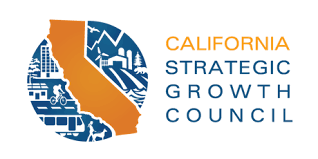
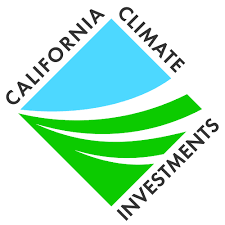

The California Strategic Growth Council’s (SGC) Transformative Climate Communities Program (TCC) empowers the communities most impacted by pollution to choose their own goals, strategies, and projects to reduce greenhouse gas emissions and local air pollution. Administered in partnership with the California Department of Conservation, TCC funds community-led development and infrastructure projects that achieve major environmental, health, and economic benefits in California’s most disadvantaged communities. For more information, visit sgc.ca.gov/programs/tcc/.
TCC is part of California Climate Investments, a statewide program that puts billions of Cap-and-Trade dollars to work reducing GHG emissions, strengthenPublicity Requirements & Guidelines for TCC Grantees ing the economy, and improving public health and the environment – particularly in disadvantaged communities. The Cap-and-Trade program also creates a financial incentive for industries to invest in clean technologies and develop innovative ways to reduce pollution. California Climate Investments projects include affordable housing, renewable energy, public transportation, zero-emission vehicles, environmental restoration, more sustainable agriculture, recycling, and much more. At least 35 percent of these investments are located within and benefiting residents of disadvantaged communities, low-income communities, and low-income households across California. www.caclimateinvestments.ca.gov.

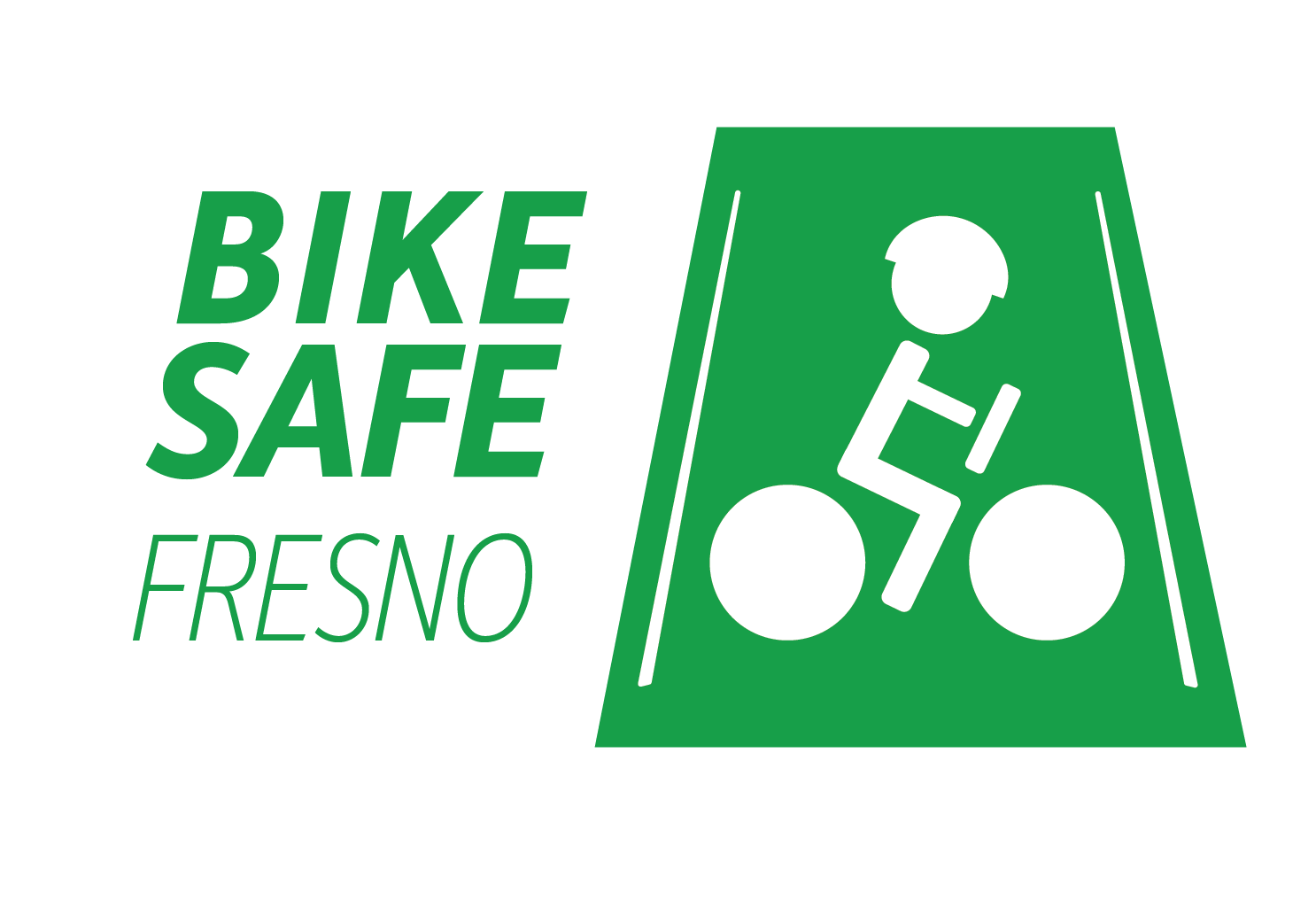
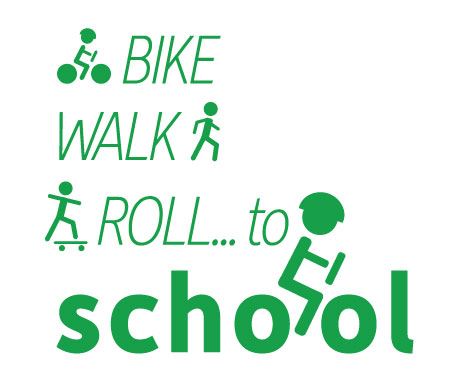
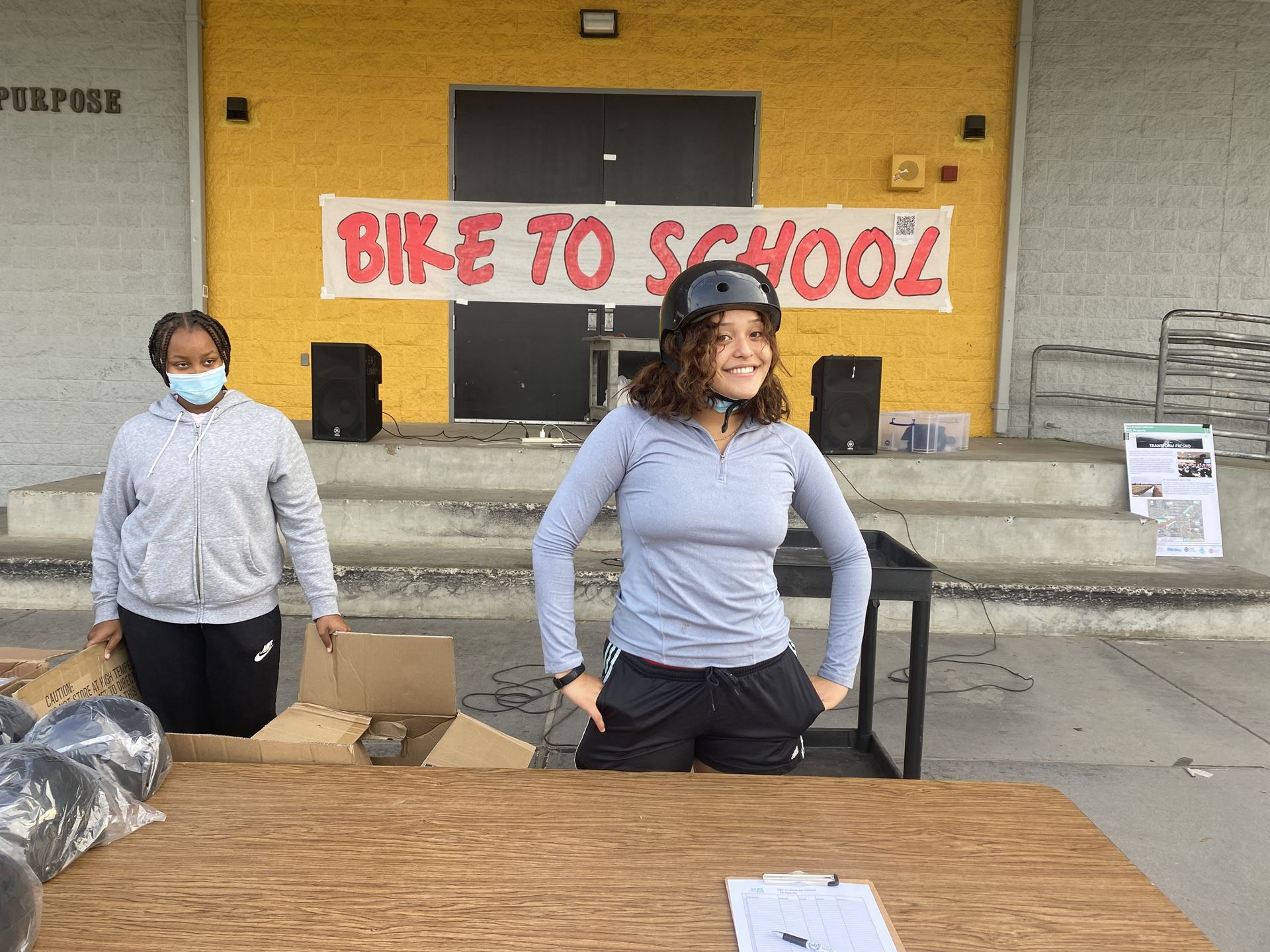
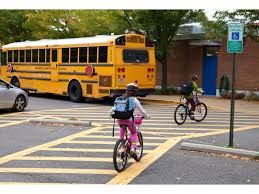
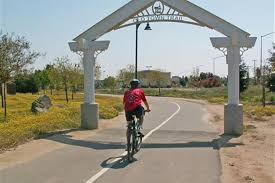
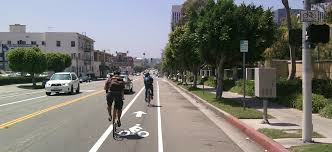
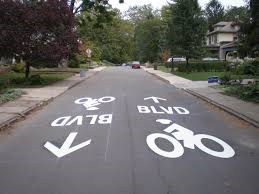
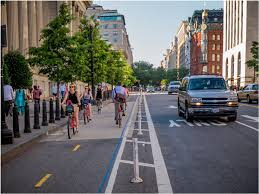
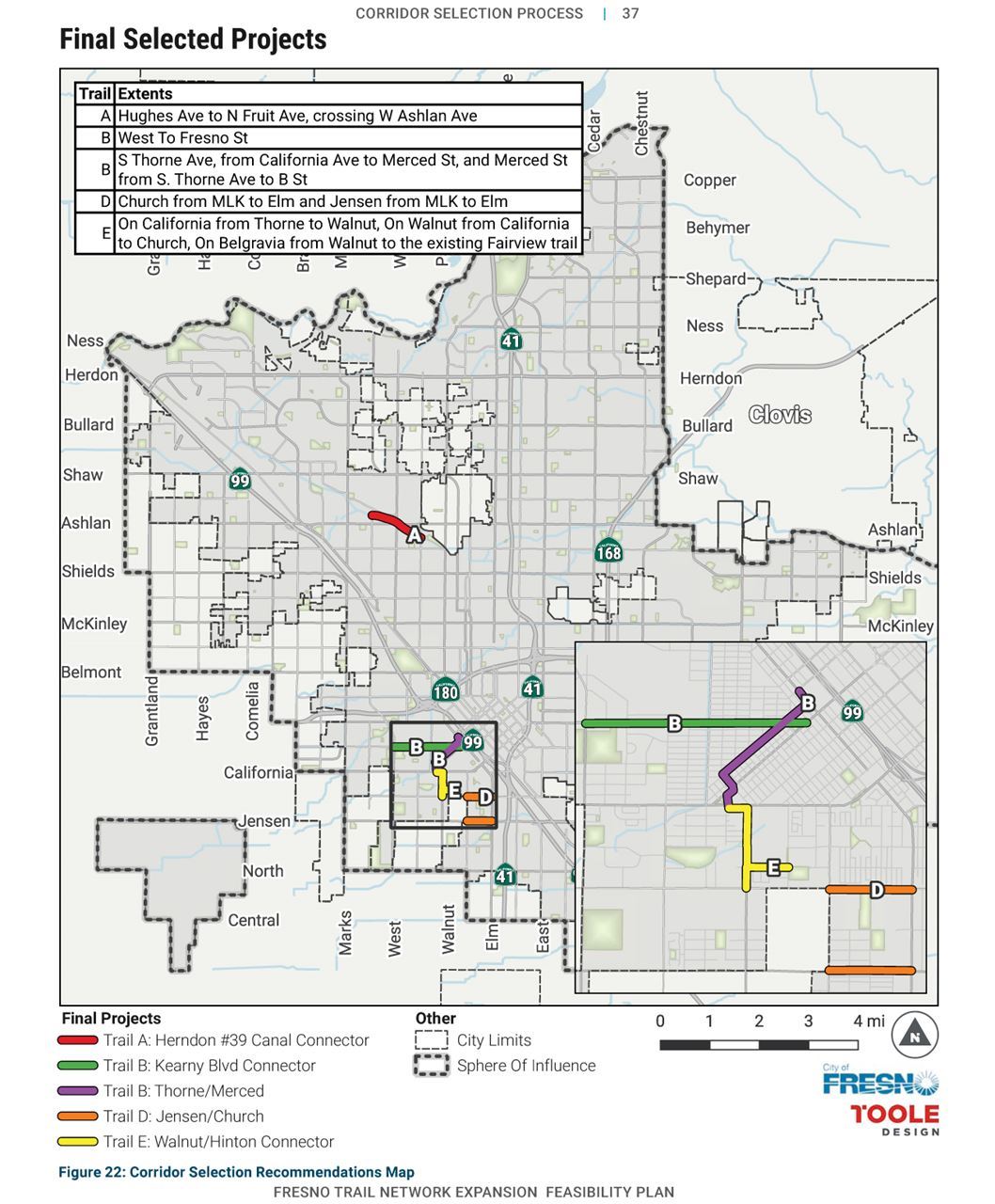
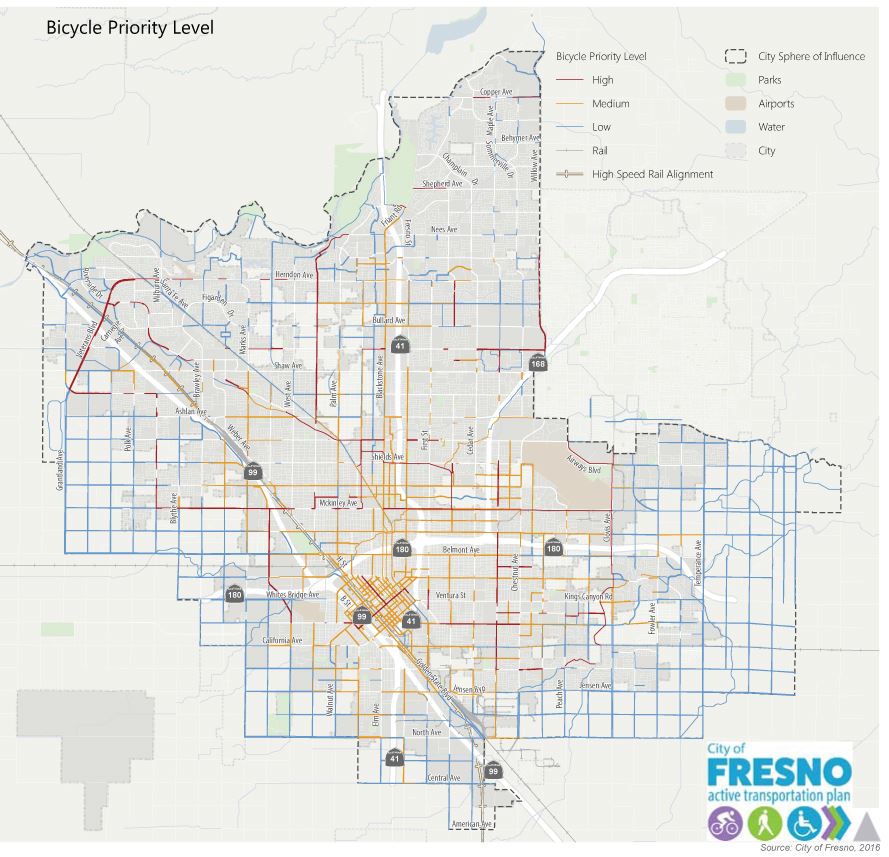
-page-001.jpg)